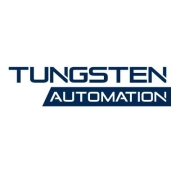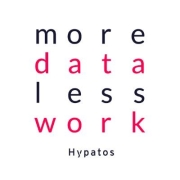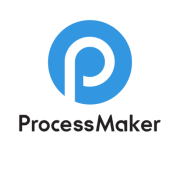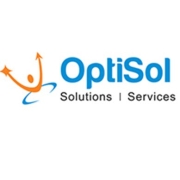Intelligent Document Processing leverages AI to efficiently manage and analyze unstructured data, enhancing operational workflows by automating document handling and extraction processes.
AI-driven algorithms in IDP streamline the management of unstructured data, facilitating the extraction and processing of information from various document formats. This solution integrates seamlessly with existing workflow systems, offering scalability and flexibility. Enterprises adopting IDP solutions benefit from increased accuracy, faster processing times, and reduced manual labor.
What are the critical features of IDP solutions?IDP solutions see widespread adoption in finance, healthcare, and insurance industries, where they manage incoming document flows, enhance data accessibility, and improve service delivery. In healthcare, they facilitate patient data management, while in finance, they streamline invoice processing and compliance verification.
Adopting Intelligent Document Processing can significantly enhance operational efficiency, data accuracy, and compliance while simultaneously reducing costs. Organizations looking to automate routine document-related tasks can benefit greatly from the integration of IDP solutions, allowing them to focus on core business activities.






































































This kind of document processing not only scans a document but also makes it intelligible, extracting the content, the layout, and even the images. Intelligent document processing is a form of intelligent process automation (IPA) that combines technologies such as natural language processing (NLP) and machine learning (ML) to automate tasks in document processing.
IDP helps organizations that receive a high volume of unstructured and semi-structured data. Unstructured documents like sales orders, invoices, and such, usually cannot be processed using traditional automation software.
Intelligent document processing involves several steps:
IDP helps organizations combine the data from paper documents with the massive amounts of digital data available. It provides organizations with visibility and a comprehensive evaluation of the data. IDP also facilitates end-to-end process automation. Since it can be integrated into any platform, it helps streamline processes. Additionally, this technology helps other AI analytics and machine learning processes, which require structured data to train and operate.
OCR (optical character recognition) is a technology that captures and converts an image into machine-readable text. This process is useful for digitizing documents. However, it doesn’t extract context from the content or interpret the data.
Here is where IDP comes in. IDP uses OCR technology to convert an image of the text into readable text. Next, it uses machine learning and deep learning to classify, interpret, and process the data. Additionally, the data can automatically integrate existing workflows for further processing.
IDP goes beyond OCR capabilities, processing a wide range of paper and digital documents, unstructured and structured data, handwritten text, etc. IDP recognizes and captures the content and extracts the context from the content.
As an example, processing a simple check requires several layers of processing:
Intelligent document processing identifies and extracts data from documents, processing it so it can be ready for analysis. Some benefits of intelligent document processing tools include:
Intelligent document processing converts unstructured data from documents into structured data. It classifies, extracts, and automates the processing of data from documents. There is an array of document processing solutions, offering a range of features. What should you focus on when trying to select an intelligent document processing tool?
Integrating IDP with your existing systems involves using APIs and webhooks to connect your document workflow seamlessly. You can configure IDP solutions to transmit data between your document databases and enterprise resource planning systems, improving efficiency without the need for a complete overhaul. Emphasis is placed on maintaining data security and privacy, ensuring compliance with industry standards while facilitating easy interoperability with your current software infrastructure.
What are the key benefits of implementing IDP in financial services?Implementing IDP in financial services brings significant advantages like increased processing speed and accuracy in handling large volumes of documents. You benefit from reduced operational costs and improved compliance management by automating document-heavy processes such as loan applications and invoicing. IDP solutions leverage artificial intelligence to extract and process data, minimizing human errors and enabling faster turnaround times, ultimately enhancing customer satisfaction.
What types of documents can Intelligent Document Processing handle?IDP can manage a broad spectrum of documents, including invoices, purchase orders, contracts, and forms across multiple industries. The platform employs machine learning and optical character recognition to swiftly process both structured and unstructured data formats. This flexibility allows you to automate document workflows regardless of variations in layout or format, ensuring efficient data capture and processing across diverse document types.
Which industries benefit most from Intelligent Document Processing?Industries that deal with significant amounts of documentation, such as healthcare, finance, and legal sectors, gain substantial benefits from IDP. In healthcare, IDP can streamline patient record management while ensuring data security. Finance organizations use IDP for fast and accurate processing of transactional documents. The legal sector utilizes IDP for efficient contract analysis and management, reducing the time spent on manual document review.
Are there any limitations to implementing IDP solutions?While IDP offers remarkable efficiency enhancements, you should be aware of some limitations, such as initial setup costs and integration challenges. The accuracy of IDP solutions can be affected by low-quality input data or highly complex document formats. Continuous monitoring and periodic updates are necessary to ensure that the system adapts to evolving needs and maintains high-performance levels in diverse processing scenarios.